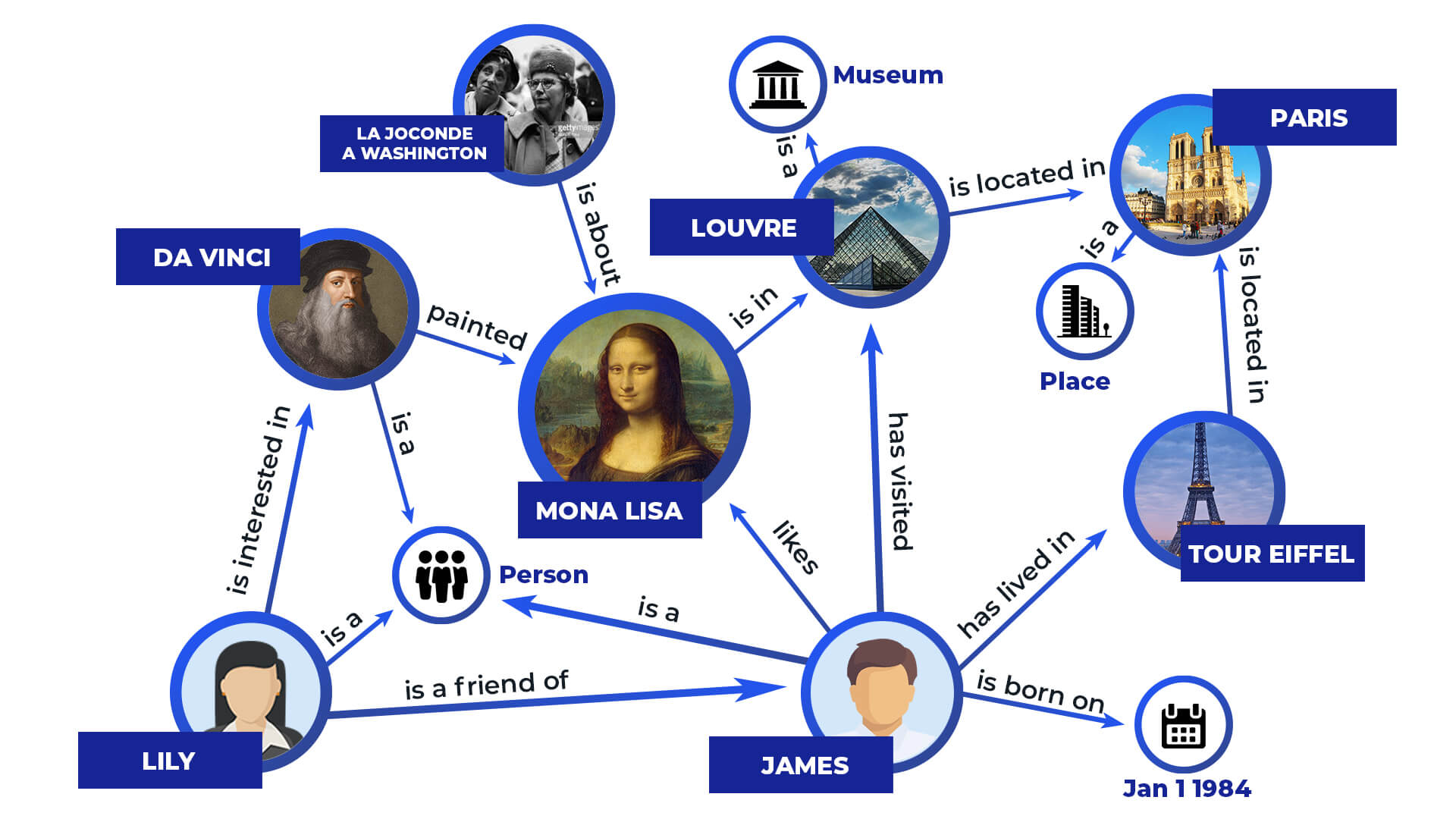Today’s technology generates immense amounts of data, even the generation don’t care about the size of data they generate. That information needs to be parsed and categorized in order to provide actionable insights, and one of the smartest ways to do so is to map the information using a knowledge graph.
What Defines a Knowledge Graph?
While all graphs provide a visual representation of data, knowledge graphs help solve some of the specific problems associated with big data.

One of the key functions of a knowledge graph is the flexibility to change as a wide range of data and metadata continue to change over time.
Another key function is the ability for users to query the data and find answers to questions within the data set. A knowledge graph can also provide semantic insight by storing the meaning of a particular data set within the graph, rather than just providing raw information without interpretation.
Making New Connections.
The meteoric rise of big data has showcased us one significant issue–the production of more data than humans can analyze. That is why we need a modern way to reduce it.
In healthcare, for instance, the data is produced each time when a provider updates a patient’s electronic health record. Millions of these data points are added to digital patient records every day, and it’s simply impossible for humans to make sense of it all.
A knowledge graph can take the information input and then determine all sorts of dependencies, correlations or other connections between data points in a set. This function significantly reduces the labor required to turn information into action.
The Most Common Knowledge Graph Uses.
A knowledge graph is no longer a theoretical tool. Many businesses use them to solve problems and create new opportunities. Most online shoppers have encountered the results of a knowledge graph, even if they don’t know it.
Large online retailers employ this tool to make sense of all the unstructured data shoppers create as they browse and buy. The graphs help retailers determine what products are interrelated, so they can recommend the most relevant items to customers.
This makes the sites more useful for customers while also boosting sales.
Applying the Knowledge Graph to NLP.
NLP means Natural Language Processing, that drives the delivery of relevant search results on the biggest search engines.
In the early days of search engines, longer questions were less likely to yield useful results.
Today, the knowledge graph helps turn complicated queries into data the engine can use to directly answer questions, rather than producing a list of loosely-related URLs.
Likewise, the knowledge graph helps build out results for very simple queries.
For example, if you search the name of a movie title, a knowledge graph is likely going to fetch in related data to show you a synopsis, a list of places you can watch the film, a cast list, top reviews, related movies, and more.
Harness Untapped Potential.
No matter the size of a business, data is a resource that is too often underutilized. Whether it’s a large business that produces more data than its analysts can efficiently process, or a small business that needs to make the most of each data point, the knowledge graph is a strategic asset for growth.
Leave a Reply